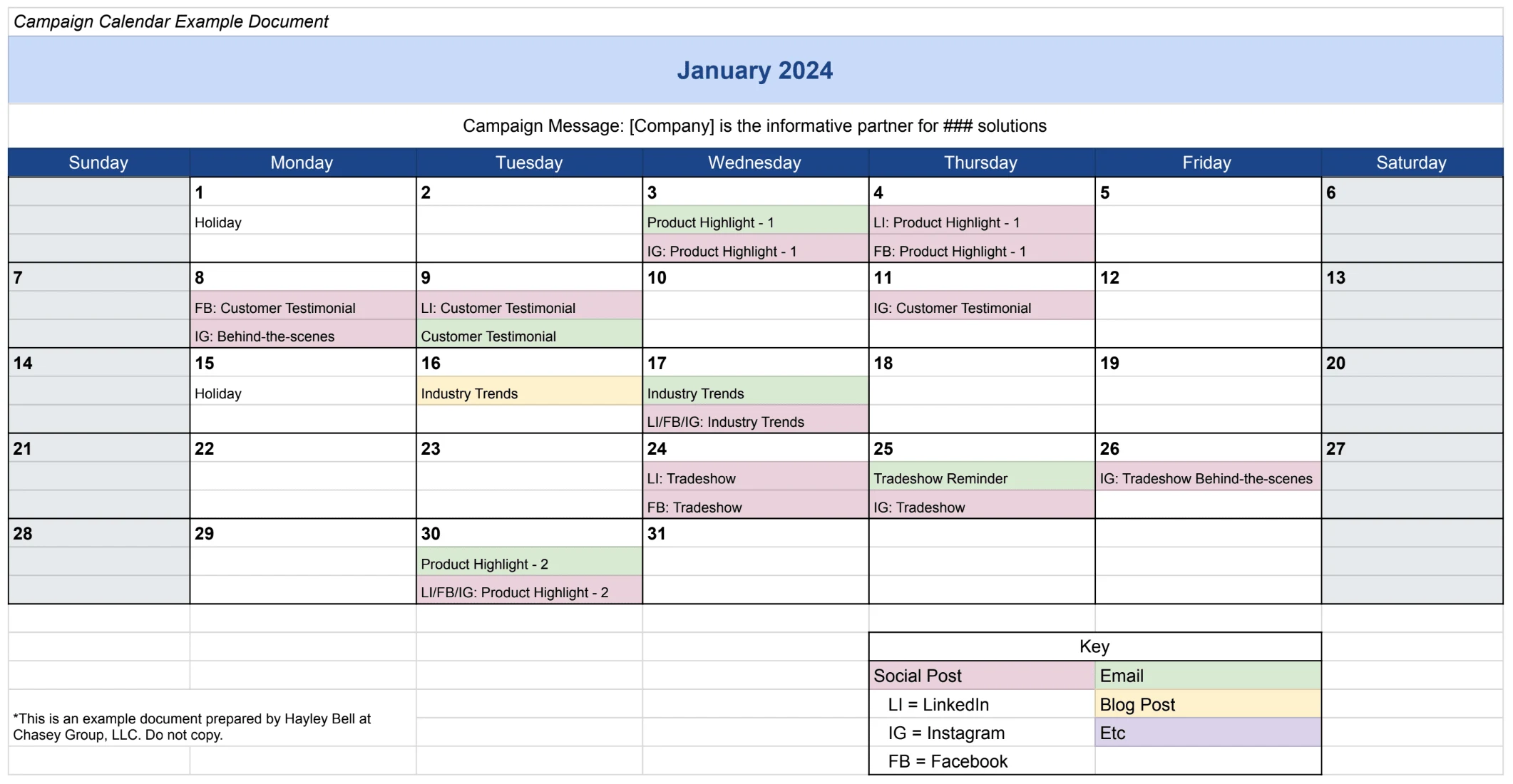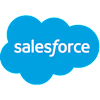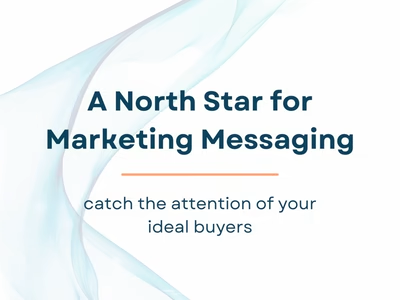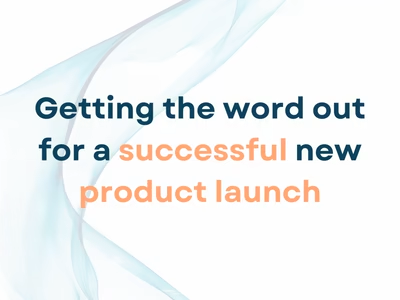Multi-channel Marketing Strategy | drive sales with demand gen
SPOILER ALERT: In the first quarter, this multi-channel Marketing Strategy yielded 156% of MQL goal, 135% of MOB goal, and yielded over $9M GMV to date.
In this project, I created and executed quarterly campaigns designed to capture new leads, warm up cold leads, and open conversations for the sales team.
The objective was to create a demand generation marketing machine that would bring in a consistent, high volume of qualified leads for the sales team. We opted for a multi-channel approach which included email, social, paid ads, industry publications, tradeshow communications, website, blog posts, and press releases.
The priority was to have a clear, singular message echoed across all channels for a cohesive experience.
Client Current State:
My client was a small, high-growth B2B SaaS company in the promotional products industry. They had experience with marketing efforts, but they were scattered and disjointed. My client wanted to create a more efficient, cohesive marketing process that could growth with them.
Cohesive Multi-Channel Marketing Strategy
It often takes multiple touches for a message to click with a new buyer. Effective marketing efforts not only have meaningful messaging for their ideal buyers, they also meet them where they are. That could be email, social media, text, industry publications, paid ads, or anywhere in between.
Creating a multi-channel marketing strategy with similar, cohesive messages across multiple channels allows you to make the most of your marketing efforts, and ensure your message is driven home to your ideal buyers. It's also a way to keep your entire team on the same page, which prevents a disjointed buyer experience and builds trust with new leads.

(Basic Campaign Calendar Example above)
Key Deliverables:
CAMPAIGN CALENDAR: A view of the quarterly campaign plan across channels. This can be shared across the company so people are aware of marketing efforts and messaging. The campaign calendar highlights a specific topic for the month or quarter, and all marketing activities support that topic, creating cohesive messaging throughout the period.
Outlined channels include:
Emails and Texts
Social media posts
Press releases and blog posts
Tradeshow comms
Paid ads and industry publication highlights
Webinars
Execution of each of these elements was done as follows:
EMAIL MARKETING (Including tradeshow comms and webinar emails): Email copy, graphics, audience & segmentation, scheduling, and reporting (Hubspot, Canva, Google Suite, Salesforce)
SOCIAL MEDIA: Social media captions, graphics, hashtags, and posting schedule (Facebook, Instagram, LinkedIn, Hubspot, Canva)
PRESS RELEASES: Written, edited, and published (Cision, HubSpot, WordPress, Google Suite)
BLOG POSTS: Copy, graphics, scheduling, and reporting (Hubspot, Canva, WordPress, Google Suite)
PAID ADS: Copy, graphics, scheduling, payment, reporting, follow-up (Industry publications, Meta Business Manager, LinkedIn, HubSpot, Canva, Salesforce)
Results:
In the first quarter, this multi-channel Marketing Strategy yielded 156% of MQL goal, 135% of MOB goal, and over $9M GMV to date.
This Marketing Strategy streamlined their marketing efforts, won trust across internal teams, brought qualified leads to the sales team, and laid the foundation for a marketing strategy that continues to grow with this company today.
Like this project
Posted Mar 13, 2024
This client saw drastic growth (over 130% of MOB goal and $9M in GMV) in the first full quarter of this multi-channel marketing strategy. Here's how>>>








